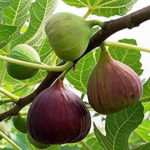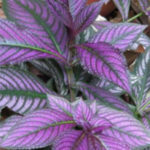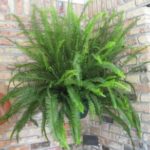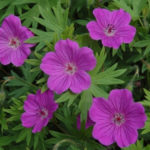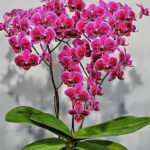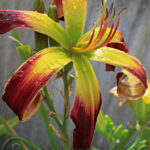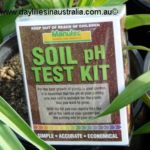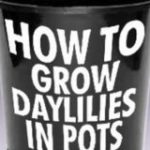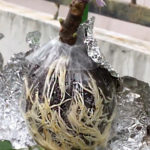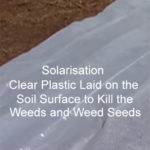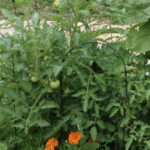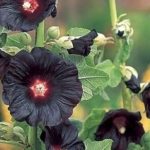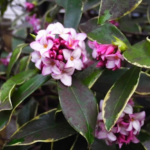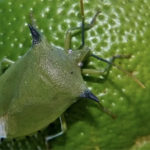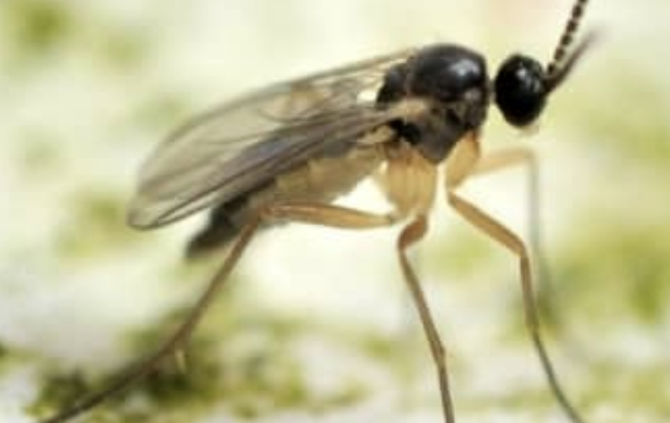
Fungus Gnat Prevention and Control
Does Hydrogen Peroxide Destroy Fungus Gnats
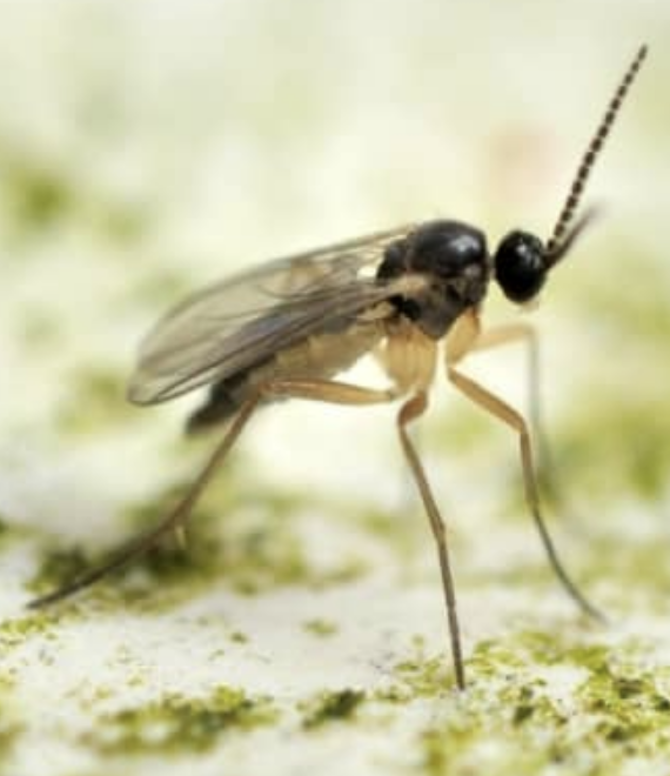 Tiny bugs, known as fungus gnats, can be a regular source of frustration for those who cultivate plants inside. Fungus gnats are drawn to damp soil, which may rapidly lead to a nuisance situation for the homeowner. Hydrogen peroxide has been studied extensively in recent years because of its promising therapeutic effects. In this post, we will discuss the warning signs and symptoms of fungus gnats, as well as their behaviours and food, ineffective treatments, and whether or not hydrogen peroxide may kill fungus gnats.
Tiny bugs, known as fungus gnats, can be a regular source of frustration for those who cultivate plants inside. Fungus gnats are drawn to damp soil, which may rapidly lead to a nuisance situation for the homeowner. Hydrogen peroxide has been studied extensively in recent years because of its promising therapeutic effects. In this post, we will discuss the warning signs and symptoms of fungus gnats, as well as their behaviours and food, ineffective treatments, and whether or not hydrogen peroxide may kill fungus gnats.
Initial Indications or Indicators of Fungus Gnat
The appearance of adult fungus gnats buzzing about your plants is the first indication that they are being infested by the pest. The average length of one of these insects is around 1/8 of an inch, and both its legs and its wings are much longer than its body. You could also see them circling near lights or windows. On the surface of the soil, another sign is the emergence of tiny black dots with a glossy look. These blemishes are, in fact, the fungus gnats’ eggs that have been laid.
Where do Fungus Gnats Like to Lay Eggs?
It is most common for fungus gnats to lay their eggs on soil that has a high moisture range. It is common to see them in potted plants, particularly ones that have soil that has been overwatered. After hatching, the larvae live off of fungi and decomposing plant materials in the soil as their primary food source.
What Kind of Food Does the Fungus Gnat Like to Eat?
Adult fungus gnats acquire their nourishment from the nectar of a variety of different plants and flowers. The decomposing plant waste and fungi in the soil are the larvae’s primary sources of nutrition. They are capable of causing harm to the plant’s roots, which may result in the plant’s development being stunted and, in the plant’s, overall health being negatively affected.
Home Remedies for Fungus Gnats that are Ineffective
Altering the soil around your plants or using diatomaceous earth are two common treatments for fungus gnats. On the other hand, the majority of the time, these treatments won’t be able to stop an infestation from occurring. It’s possible that diatomaceous earth will kill some of the gnat larvae, but it won’t have any impact on the adults. Altering the soil composition is not a long-term remedy, although it might be helpful if the infestation is not severe.
Putting Neem Oil to the Test
It is common practice to suggest using neem oil, a natural pesticide, as a treatment for fungus gnats because of its effectiveness against these pests. In order for it to be effective, it interferes with the gnats’ ability to consume food and reproduce. On the other hand, it does not work on larvae, and it can take more than one treatment to obtain the desired outcomes. In addition, neem oil might cause irritation in plants that are susceptible to it thus, it is essential to do a patch test on your plant before applying it to the complete plant.
Does Hydrogen Peroxide Destroy Fungus Gnats?
The use of hydrogen peroxide as a treatment for fungus gnats has shown to be successful. It accomplishes its purpose by releasing oxygen when it comes into contact with the soil, which, in turn, results in the death of the larvae and the disruption of their habitat. On the other hand, hydrogen peroxide may not seem to be particularly effective when dealing with adult gnats. To use hydrogen peroxide it is said to mix one part 3% hydrogen peroxide with four parts water and water your plants as usual. It is necessary to carry out this procedure once per week until the infestation is brought under control.
Be cautious when using hydrogen peroxide because it can kill weeds, bleach hair, burn plant leaves and may also burn plant roots if applied too strongly.
Ways to Prevent Fungus Gnat
The easiest approach to avoid having a problem with fungus gnats is to take preventative measures. Here’s a rundown of precautions you may take to stay one step ahead of them:
- Soil needs time to dry out completely between waterings, so be sure to provide enough of it.
- Choose a soil mixture that allows water to drain away easily.
- Avoid giving your plants an overdose of fertiliser
- To get rid of adult gnats, set up yellow sticky traps.
- Be sure to keep your plants tidy and clear of any debris.
Final Thoughts
In conclusion, fungus gnats can be a frustrating problem for indoor gardeners, but effective remedies are available. Hydrogen peroxide can effectively control an infestation, but it is essential to remember that it only kills the larvae and not the adult gnats. Preventing an infestation is the best way to avoid the problem altogether, so be sure to keep your plants healthy and clean.


